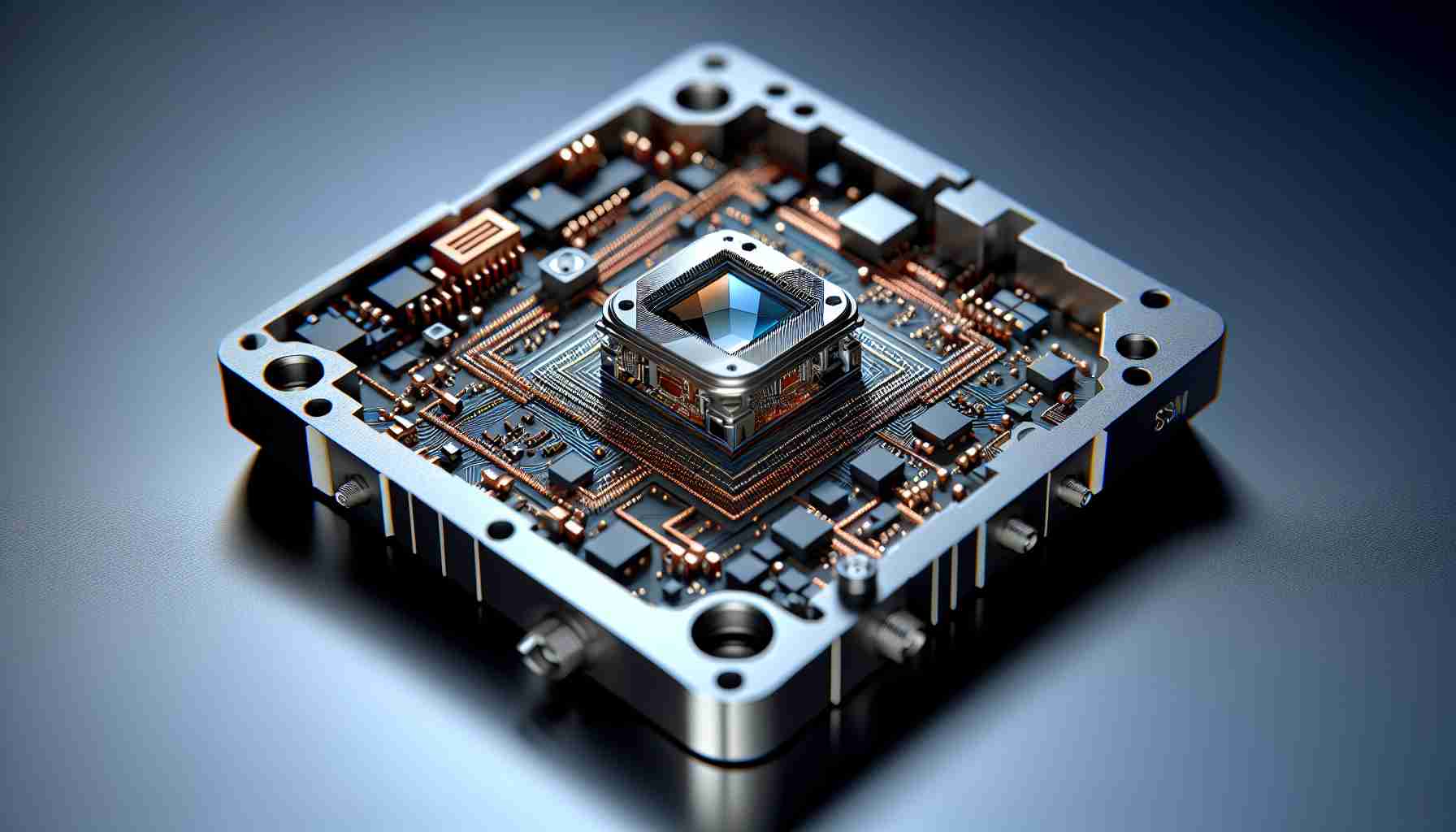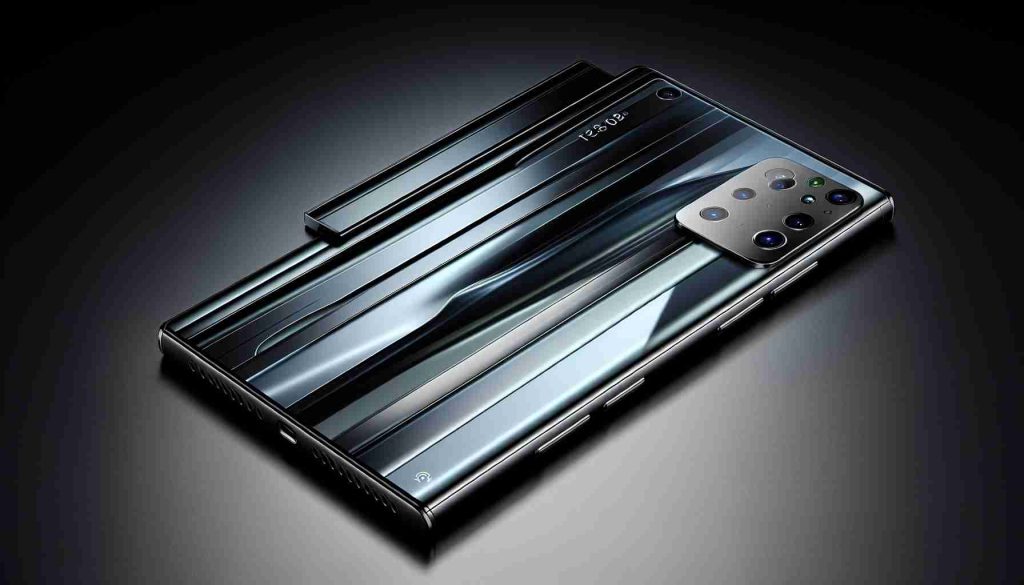In a significant advancement for smartphone photography, Sony has launched its latest camera sensor, the 50-megapixel LYT-818, which boasts a size of 1/1.28 inches. This innovative sensor incorporates a range of premium features, particularly emphasizing its new high dynamic range (HDR) capabilities.
The LYT-818 achieves a remarkable dynamic range of 86 dB per frame, along with a signal-to-noise ratio of 0.95e. It also offers real-time HDR previewing, enhanced low-light performance, and effective HDR rendering. By integrating data from three unique zones, this sensor enhances its HDR functionalities, allowing it to capture stunning images in dimly lit environments with minimal noise interference.
Moreover, the LYT-818 is designed to deliver superior HDR imagery while keeping energy consumption low, which opens the door for broader adoption of HDR technology in mobile devices. This sensor utilizes advanced pixel merging technology, which combines four pixels into one to enhance image quality.
Excitingly, the first smartphones to feature the LYT-818 sensor will be the Pro models of the highly anticipated vivo X200 series. This launch highlights Sony’s commitment to pushing the boundaries of mobile photography, ensuring users can enjoy vibrant and detailed photos regardless of lighting conditions.
Unlocking the Potential of Your Smartphone Photography
Smartphone photography has come a long way, largely due to advancements in camera sensor technology like Sony’s new 50-megapixel LYT-818. With its impressive features, it offers users a fantastic opportunity to enhance their photography skills. Below, we share some tips, life hacks, and interesting facts to help you make the most of your smartphone camera, particularly with the capabilities introduced by the LYT-818 sensor.
1. Utilize HDR Mode Wisely
Many smartphones now come equipped with HDR (High Dynamic Range) mode, especially models featuring advanced sensors like the LYT-818. This mode is ideal for high-contrast scenes, such as landscapes at sunrise or sunset. Make sure to activate it when you are capturing images that include both bright and dark areas to achieve a balanced exposure.
2. Experiment with Low-Light Photography
With the LYT-818’s enhanced low-light performance, you can venture to capture stunning night scenes or indoor shots without a flash, preserving the ambiance of the moment. To maximize this feature, keep your smartphone steady while taking the photo or consider using a tripod to reduce blur.
3. Make Use of Real-Time Previewing
The LYT-818’s real-time HDR previewing allows you to see the effects of HDR before snapping the shot. Use this tool to adjust your composition in real time, ensuring that you make the necessary tweaks for a striking final image.
4. Learn the Basics of Composition
While having a powerful sensor can enhance the quality of images, understanding composition will elevate your photography. Familiarize yourself with rules like the rule of thirds or leading lines. Always strive to create a balanced and visually appealing photo.
5. Take Advantage of Pixel Merging Technology
The LYT-818’s pixel merging technology allows for better image quality even in challenging conditions. When shooting, try to stay in well-lit areas where the sensor can combine pixels effectively, producing rich and detailed images. This technology also means you can shoot in lower light without significant trade-offs in quality.
6. Edit Smartly After Taking Photos
After capturing your images, consider using editing apps to fine-tune your photos. Adjust brightness, contrast, and saturation to enhance the overall quality. Apps like Adobe Lightroom or Snapseed provide excellent tools for improving your smartphone images.
7. Stay Updated on Camera Features
As the smartphone camera technology continues to evolve, stay informed about new features and updates. Manufacturers often provide tips and tricks on how to best use their latest technology, ensuring you’re getting the most out of your device.
Interesting Fact: The Evolution of Mobile Photography
Did you know that the first smartphone with a camera was the J-SH04, released in Japan in 2000? It had a resolution of only 0.11 megapixels! The integration of advanced sensors like the LYT-818 represents a remarkable leap in technology, providing users with professional-grade photography tools in their pockets.
By implementing these tips and understanding the capabilities of sensors like the LYT-818, you can take your smartphone photography to new heights. For more insights into smartphone technology and photography tips, visit Sony’s official site.























